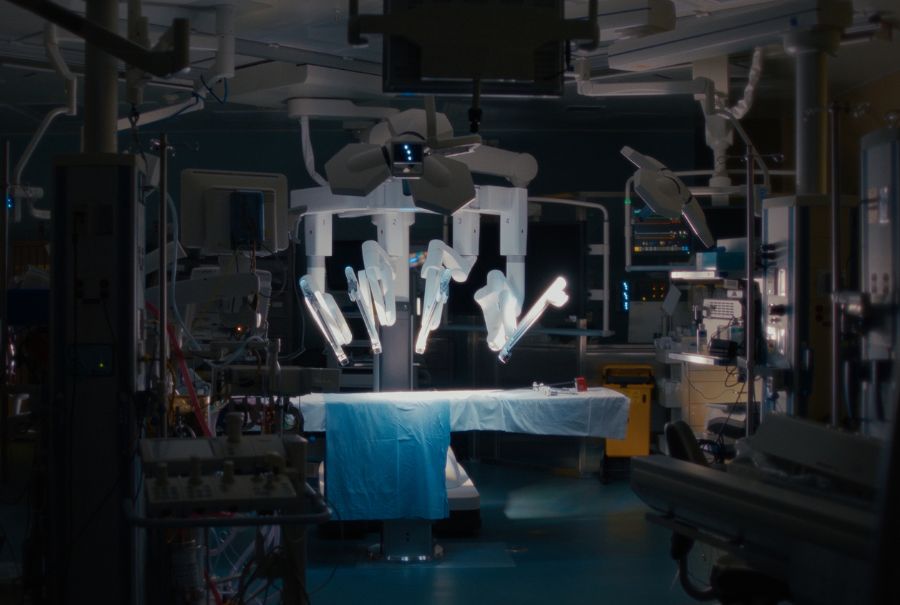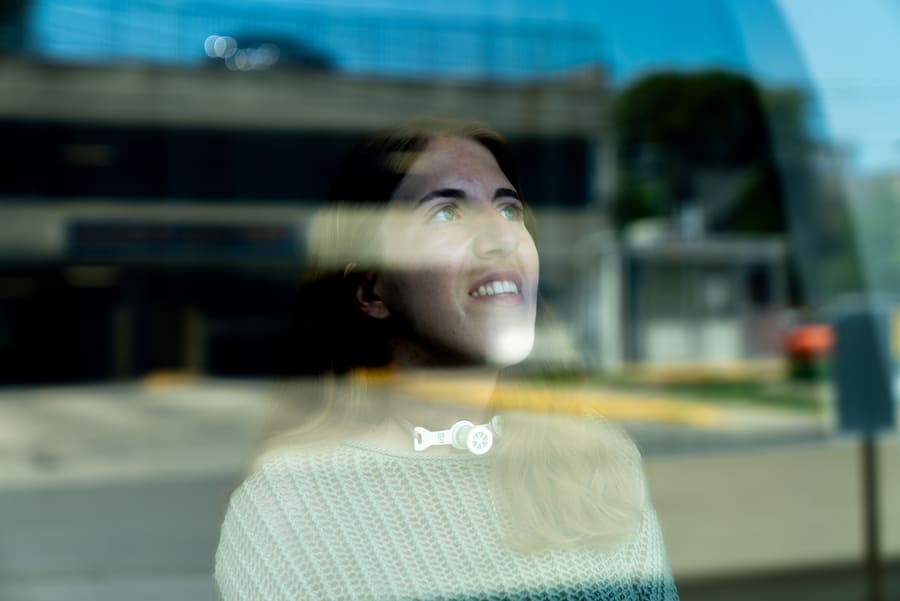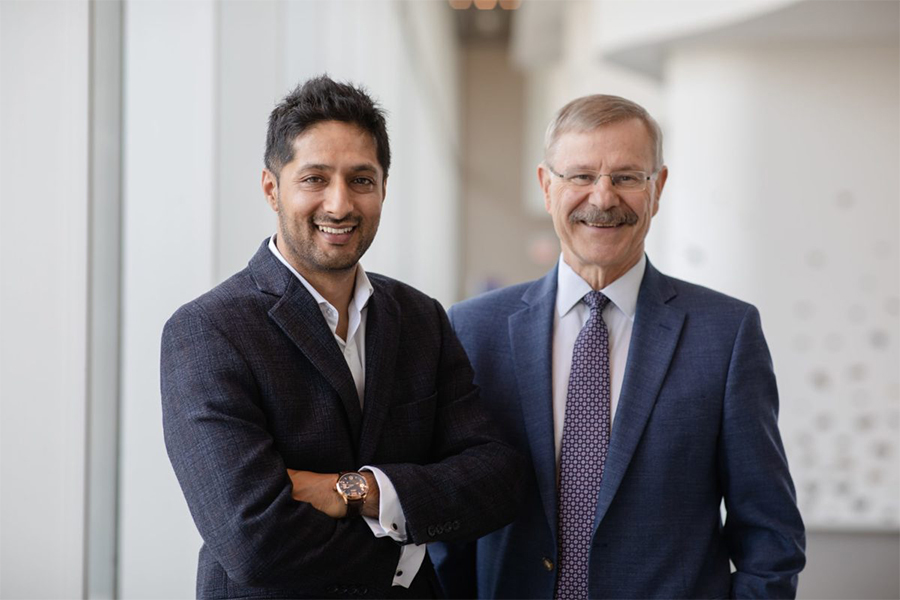Twelve years ago, Christina and her mother arrived at Toronto Western Hospital’s Lupus Clinic.
“I had been experiencing symptoms of stiffening and swelling of the joints, fatigue and fever, on and off for several years,” recalls Christina. “My family doctor made the decision to refer me to the Lupus Clinic with the suspicion that my symptoms could be related to something more serious.”
Lupus has been called the ‘The Great Imitator’ or ‘The Disease of a 1000 Faces’ because its symptoms can mimic other, more common diseases and syndromes. Due to the wide range of symptoms and physiological systems affected, the disease has challenged physicians for decades. Although it can occur in both men and women, 90% of individuals diagnosed with lupus are female, with those of child- bearing age (14 to 45 years old) most often afflicted.
“When Christina first arrived, we ran blood and urine tests,” explains Dr. Murray Urowitz, Director of the Lupus Clinic. Established in 1970, the Lupus Clinic has one of the largest patient databases in the world, with more than 1,800 patients and over 38,000 clinic visits.


